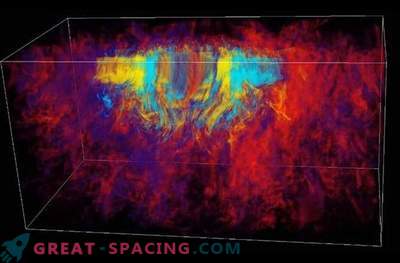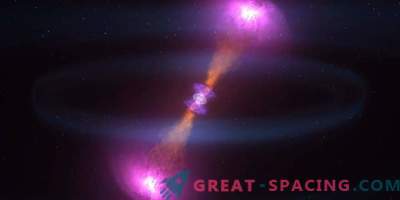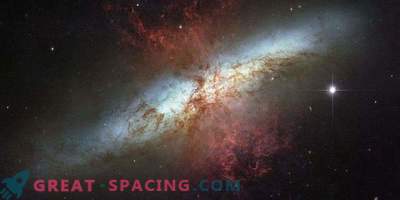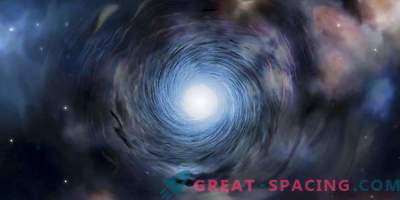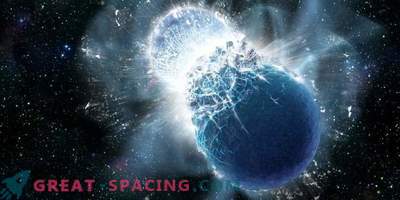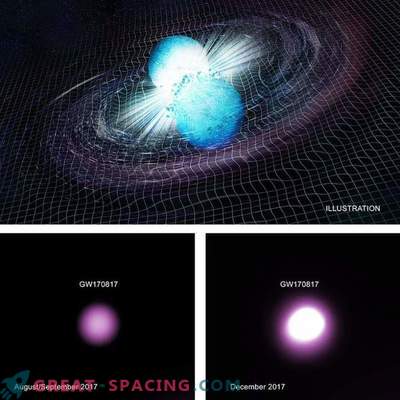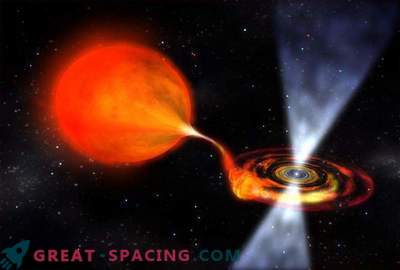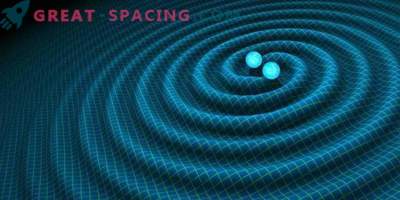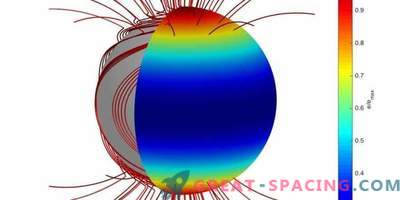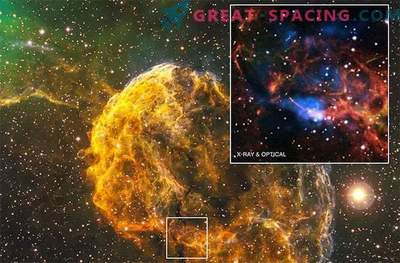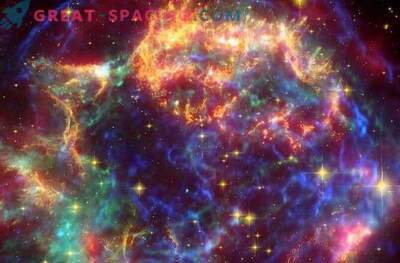
The artistic vision of a supernova and a gamma-ray burst caused by a rapidly rotating neutron star. The new model suggests that a small displacement between the rotational and magnetic axes of a neutron star may affect the supernova and the phenomenon of gamma-ray bursts.
The collapse of a supernova nucleus occurs when the iron core of a massive star collapses under the pressure of gravity and then assembles to form outward waves and impacts. Incredibly bright supernovae are a rare class, the brightness level of which is equal to 10-1000 billion solar. This is too much to use as a standard supernova process - the radioactive decomposition of nickel.
It is about the source that there are disputes, where, as proposals, blows are made from discarded material or pulsating instabilities that come into contact with the surrounding material. But most of all supporters of the model, considering the constant release of energy from a source, such as a rotating compact residue - a neutron star or an accretionary black hole. Long gamma bursts - those that take from a few seconds to minutes. This variety is believed to be supported by the rotational energy of a moving compact object left by a supernova. Recently, scientists have suggested a model in which a rotating neutron star has a serious shift between the axis of rotation and the magnetic one. This leads to an increase in the share of rotational power entering both the supernovae and the jet of particles moving at almost light speed. In addition, the researchers were able to predict the effects of radio emission and thermal wind, as well as to study some of the transition effects.
